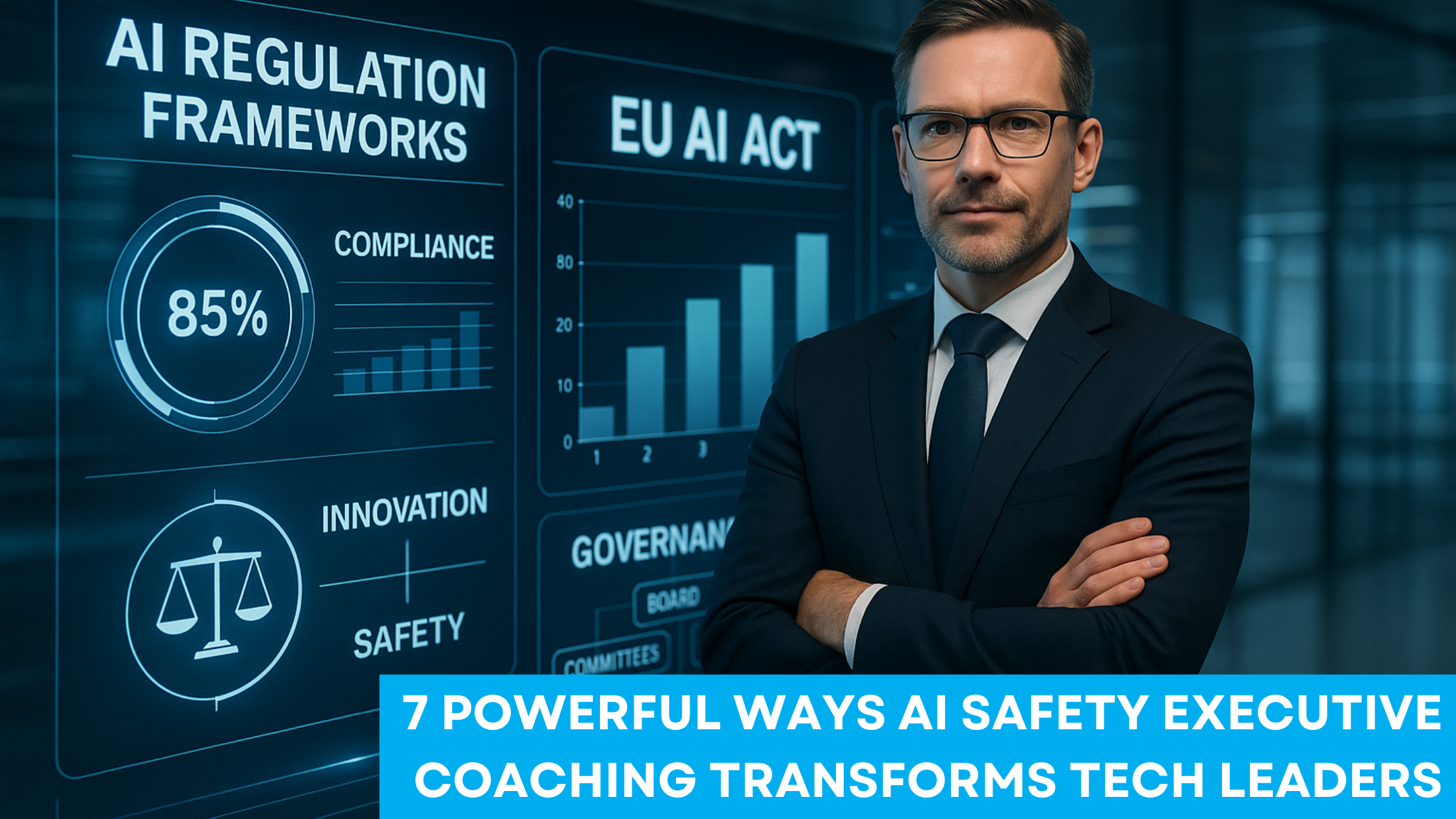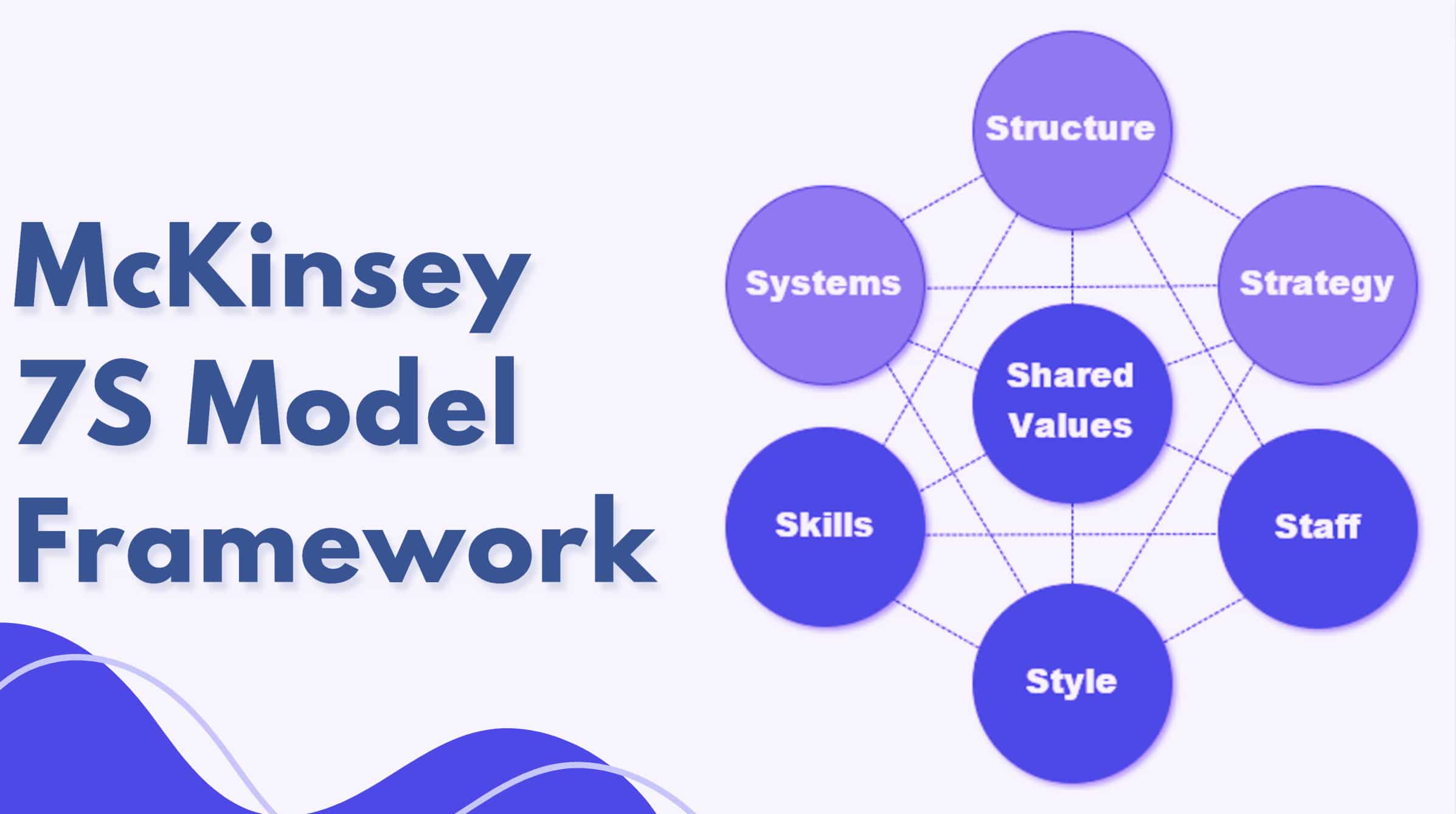Key Takeaways
- Strategic Advantage Through Compliance: Executive coaching transforms AI safety regulations from barriers into competitive advantages for tech leaders
- ROI-Driven Results: Organizations report a 7x return on investment from executive coaching, with 86% seeing measurable improvements in leadership effectiveness
- Regulatory Navigation: Specialized coaching helps tech leaders confidently implement AI initiatives while maintaining compliance with evolving regulations like the EU AI Act
- Leadership Evolution: Tech leaders develop AI-first mindsets and emotional resilience necessary for leading in an era of rapid technological change
- Stakeholder Alignment: Coaching enhances communication skills needed to secure board approval, investor confidence, and employee buy-in for AI strategies
The artificial intelligence revolution has thrust tech leaders into uncharted territory where regulatory compliance and innovation must coexist in a delicate balance. As governments worldwide implement comprehensive AI safety frameworks—from the European Union’s groundbreaking AI Act to over 700 AI bills introduced across US states in 2024 —technology executives find themselves navigating an increasingly complex landscape of compliance requirements, ethical considerations, and competitive pressures.
Traditional leadership development programs, designed for more predictable business environments, often fall short when addressing the unique pressures and rapid decision-making demands of the AI era. This is where AI safety and regulation executive coaching emerges as a transformative solution, combining deep technical understanding with strategic leadership development to enable tech leaders to turn compliance challenges into competitive advantages.
Research from the International Coaching Federation demonstrates that executive coaching delivers measurable results, with 86% of organizations reporting positive returns on their coaching investments, often exceeding seven times the initial cost. For tech leaders dealing with AI governance, the returns are even higher due to the high-stakes nature of AI decisions and the significant costs of regulatory non-compliance.
The Complex AI Regulatory Landscape and Leadership Challenges
The regulatory environment surrounding artificial intelligence has evolved from theoretical discussions to concrete legal frameworks with real enforcement mechanisms. The EU AI Act, which came into effect in 2024, establishes a risk-based approach that categorizes AI systems from minimal risk to unacceptable risk, requiring organizations to implement specific safety measures, conduct regular audits, and maintain detailed documentation for high-risk AI applications.
Simultaneously, the United States has witnessed an unprecedented surge in AI-related legislation, with the National Conference of State Legislatures reporting over 700 AI bills introduced across various states in 2024. This patchwork of regulations creates additional complexity for tech companies operating across multiple jurisdictions, each with potentially different compliance requirements and enforcement mechanisms.
Perhaps most challenging for tech leaders is the pace of regulatory change. Unlike traditional compliance areas where regulations evolve slowly over years, AI safety requirements are being updated quarterly or even monthly as regulators respond to technological advances and emerging risks. This dynamic environment requires leaders to maintain constant awareness of regulatory developments while making strategic decisions about AI investments and implementations.
The emotional and psychological demands of leading in AI safety and regulation are unprecedented. Tech leaders face intense public scrutiny, regulatory pressure, and the weight of decisions that could affect millions of users. Research from the European Mentoring and Coaching Council emphasizes that these complex, deeply human skills become even more vital in high-pressure roles where leaders must navigate ambiguity and lead transformation.
| Regulatory Framework | Scope | Key Requirements | Enforcement Timeline |
|---|---|---|---|
| EU AI Act | European Union | Risk-based categorization, safety testing, and documentation | Phased implementation 2024-2027 |
| US State Legislation | Individual states | Varies by state, often sector-specific | Ongoing, state-by-state |
| FTC Guidelines | United States | Consumer protection, bias prevention | Immediate enforcement |
The 7 Essential Ways AI Safety and Regulation Executive Coaching Transforms Tech Leaders
1. Strategic Decision-Making Under Regulatory Uncertainty
Executive coaching provides tech leaders with frameworks for making strategic decisions when regulatory requirements are unclear or evolving. Specialized coaching helps leaders develop “regulatory intelligence”—the ability to interpret emerging regulations, anticipate future requirements, and make strategic bets about compliance investments. When Liberty Mutual embarked on its IT transformation, Executive Vice President Monica Caldas emphasized that “it’s not possible to transform without the organization actually going on that journey with you”.
2. Building Organizational AI Readiness and Governance
Creating organizational structures for AI governance represents one of the most complex challenges facing tech leaders today. Executive coaching provides strategic guidance for developing comprehensive AI governance frameworks that address technical, legal, ethical, and business considerations. As Ferrovial’s CIO Dimitris Bountolos noted, AI “is going to redefine the way teams, human beings, and organizations are interacting with each other”.
3. Stakeholder Communication and Buy-in for AI Initiatives
Effective stakeholder communication around AI safety requires a sophisticated understanding of different audience needs and concerns. Executive coaching helps tech leaders develop communication skills necessary to secure support from boards, investors, employees, customers, and regulators, translating complex technical concepts into business language and creating compelling narratives about AI strategy.
4. Risk Management and Compliance Framework Development
Developing comprehensive risk management frameworks for AI requires integrating technical, legal, business, and ethical considerations. Executive coaching helps leaders understand EU AI Act implementation, classify AI applications based on risk levels, implement appropriate safety measures, and maintain compliance documentation without creating excessive bureaucratic burden.
5. Ethical AI Implementation and Leadership
Ethical AI implementation goes beyond compliance to encompass broader questions of social responsibility and organizational values. Executive coaching helps leaders develop comprehensive bias mitigation programs, transparency strategies that meet regulatory requirements while protecting competitive advantage, and organizational values that guide AI development beyond immediate business objectives.
6. Innovation Balance with Regulatory Compliance
Maintaining innovation momentum while ensuring regulatory compliance represents one of the most challenging aspects of AI leadership. Executive coaching helps leaders develop multi-speed innovation approaches, participate in regulatory sandboxes and pilot programs, and view regulatory requirements as opportunities to differentiate from competitors.
7. Personal Leadership Transformation for the AI Era
The personal transformation required to lead effectively in the AI era extends beyond acquiring technical knowledge to encompass fundamental changes in leadership mindset and emotional resilience. Executive coaching provides personalized support for developing AI-first leadership mindsets, building emotional resilience under scrutiny, and creating continuous learning capabilities essential in the rapidly evolving AI landscape.
| Coaching Focus Area | Key Benefits | Success Metrics |
|---|---|---|
| Strategic Decision-Making | Improved regulatory intelligence | Decision quality scores, time-to-decision |
| Organizational Readiness | Enhanced AI governance | Governance maturity assessments |
| Stakeholder Communication | Increased buy-in and support | Stakeholder satisfaction surveys |
| Risk Management | Reduced compliance risks | Audit results, incident rates |

Real-World Success Stories and Choosing the Right Approach
The effectiveness of AI safety and regulation executive coaching is supported by substantial research and measurable outcomes. The International Coaching Federation’s 2023 Global Coaching Study shows 86% of organizations reporting positive returns on coaching investments, with many estimating returns of at least seven times their initial expenditure. For AI contexts, returns often exceed traditional coaching outcomes due to the high-stakes nature of AI decisions and significant costs of regulatory non-compliance.
Organizations investing in specialized AI safety coaching report faster implementation of AI initiatives, reduced regulatory risk exposure, and improved stakeholder confidence in AI strategies. These outcomes translate directly into competitive advantages, market access, and revenue growth that far exceed coaching costs.
When selecting executive coaching for AI safety and regulation, tech leaders should consider hybrid models that combine human expertise with AI-enhanced tools. Research consistently demonstrates that human connection and relationship quality remain the strongest predictors of coaching success. The International Coaching Federation supports blended approaches, noting that when AI is used to augment rather than substitute coaching, leaders benefit from both efficiency and empathy.
Tech leaders should prioritize coaches with a technical understanding of AI systems and regulatory frameworks, industry experience in technology sectors, and organizational integration capabilities. The Chartered Institute of Personnel and Development’s 2024 report recommends a cautious approach to AI-enhanced coaching, particularly for developmental conversations requiring psychological insight or ethical reflection.
The Future of AI Leadership
As AI safety regulations continue to evolve and enforcement mechanisms strengthen, the ability to navigate this complex landscape while maintaining a competitive advantage becomes a critical leadership competency. Executive coaching specialized in AI safety and regulation provides the strategic guidance, practical tools, and emotional support necessary for tech leaders to thrive in this demanding environment.
The seven essential ways that executive coaching supports tech leaders address the full spectrum of challenges that modern technology executives face, going beyond traditional leadership development to provide specialized capabilities that enable leaders to turn regulatory compliance into a competitive advantage.
Tech leaders who invest in specialized executive coaching for AI safety and regulation will be better positioned to anticipate regulatory changes, implement effective governance frameworks, and maintain innovation momentum while ensuring compliance. In an era where the stakes continue to rise and the pace of change accelerates, this investment in leadership development represents both a competitive necessity and a strategic opportunity for building the capabilities necessary for sustained success in the AI era.



